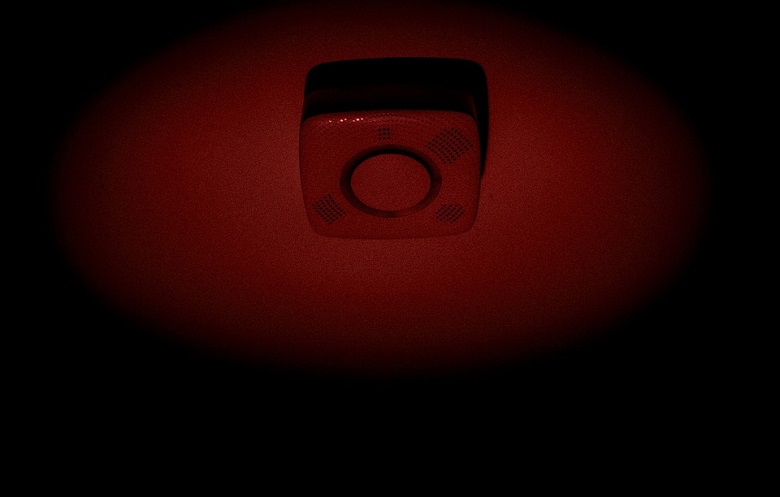When you hear about a house fire, your first thoughts are probably about keeping your family safe and making sure everyone gets out safely. You don’t think about the smoke alarms until it’s too late – and you hear about a tragic fire that has claimed the lives of several people. Ensuring your home has working smoke alarms is one of the most important things you can do to protect yourself and your loved ones from something like this happening. But how do you know if yours are working? If you have not tested your smoke alarms in a while, now is the perfect time to do so. Follow these step-by-step instructions on how to test smoke alarms before, during, and after an emergency.
Run the battery test
One of the best ways to know if your smoke alarms are working is to test the batteries. Be sure to test your smoke alarms at least once every year. There are a few different ways to do a battery test. The first and most common way is to push the test button on the back of the smoke alarm. The second way is to unplug the smoke alarm, wait a few seconds, and then plug it back in. If the smoke alarm does not come back on, you know that it is not working. If you are using a CO alarm, remember to replace the CO batteries every year
Test with a smoke detector checker
Next, test your smoke alarms using a smoke detector checker. This is basically a device that plugs into the outlet where your smoke alarm plugs in. The smoke detector checker will let out a loud beep to simulate the sound of a smoke alarm. The smoke detector checker will not only let you know if your smoke alarms work, but it will also let you know if they are the right type of smoke alarm. For example, if you have only ionization smoke alarms, a detector checker will let you know that you need to replace them with photoelectric smoke detectors. Follow the directions of your detector checker to see if your smoke alarms are working.
Check placement and functionality
After testing your smoke alarms to make sure they are functioning properly, be sure to check placement and functionality. First, your smoke alarms must be placed on each level of your home. This includes the basement, first floor and second floor (or whatever floor you have your bedrooms). Each level and the sleeping area must have a smoke alarm. So, the bedrooms must have one, the hallway outside the bedrooms must have one and the living room must have one as well. You will want to plug the smoke alarms into an outlet that can be easily reached from each place. Next, be sure to clean the sensors on each smoke alarm. You can use a soft cloth and a bit of water.
Upgrade your smoke alarms
The latest generation of smoke alarms have features that will make your home safer. For starters, they are interconnected. This means that when one alarm detects smoke, they all sound an alarm. This can save lives by giving people early notice of a fire. Imagine you’re asleep and an alarm at the far end of your home is sounding. Will it wake you? An alarm in your bedroom definitely will. That’s why interconnected alarms are so important. The other feature of modern alarms is the way they work. They use photoelectric sensors. These are better at detecting the kind of fires most common in homes: slow smouldering fires. Earlier detection increases your chances of survival. You may need an electrician to install these smoke detectors. You can also get wireless smoke detectors that have a 10-year lithium battery.
Conclusion
No matter what type of home you have, you will most likely have smoke alarms. These devices are designed solely to keep you and your family safe in case of a fire. Smoke alarms are an essential part of any home safety plan, but they are only effective if they are maintained and regularly tested. If you want to be sure your home is fully protected, test your smoke alarms regularly and consider upgrading to the latest interconnected photoelectric smoke alarms.

